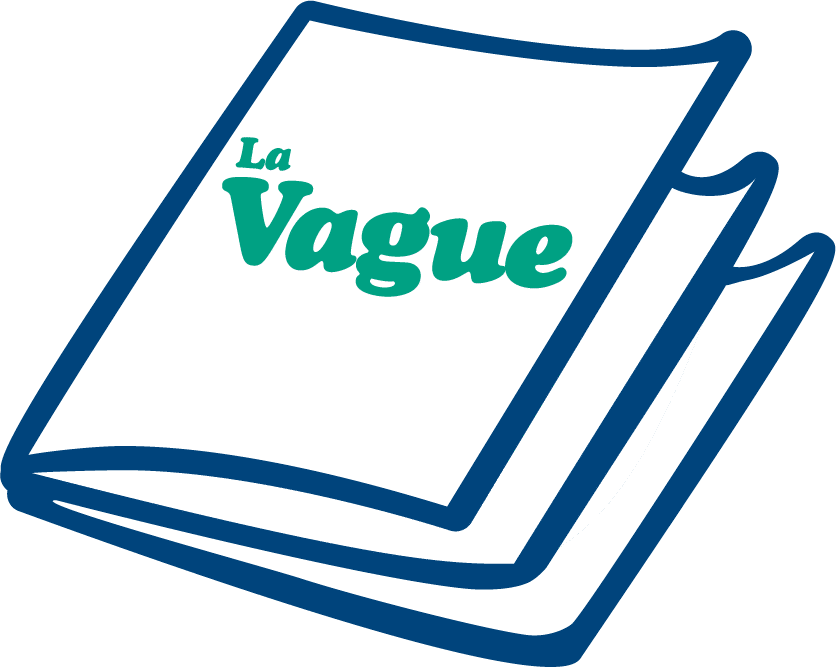Summary
- Product transport risk analysis
- Risk Management for Avoidance of Drug Shortages
- Major outcomes of the common A3P/ECA/PHSS/AFI/BPOG Survey on current industry practices for the inclusion of Local Isolates in the GPT & on-going discussions on the relevance of that expectation
- How to design a digital transformation architecture at Life Sciences organizations
- Antibiotic powders Maximum safety & efficiency during filling
- GMP 2022 et la vapeur du procédé de stérilisation. Bien comprendre comment épargner temps et argent
- Optimisation de l'évaluation du risque chimique dans l'industrie pharmaceutique. Le rôle des outils de modélisation de l'exposition aux agents chimiques dangereux
Antibiotic powders Maximum safety & efficiency during filling.
Pharmaceutical powders form the basis for numerous antibiotics that are essential for comprehensive medical care. However, margins are low and production conditions are complex. This has led to a shift of manufacturing capacities to lower-cost markets. With this development in mind, how can supply bottlenecks be avoided? And what does it take to revive local production?

Antibiotics such as cephalosporins or penicillin are a proven therapeutic approach for common conditions such as pneumonia or tonsillitis. To bypass the gastrointestinal tract and increase the effect of the drug, patients often receive infusions based on antibiotic powders. The infusion fluid is formed shortly before administration by adding purified water. It is precisely this powdered form of the antibiotics that makes the manufacturing process highly complex. Operators handle powders during the filling process that might expose them to dust. To avoid cross-contamination, pharmaceutical manufacturers must strictly separate different active ingredients and batches from one another. In addition, they must ensure that their employees do not come into contact with potentially toxic substances.
1. Highly complex production conditions
Take the example of penicillin: the filling specifications are particularly strict. According to the U.S. FDA, for example, manufacturers are obligated to isolate filling machines and equipment. They must also ensure separate air supply and filtration and carry out regular tests for residues of the drug. In many cases, even separate factories are needed to comply with these requirements, which in turn leads to completely secluded internal production sites with separate offices and canteens for the different shifts to ensure operator safety – a highly necessary requirement, but also a huge financial expense.
2. Uneven production distribution
Not all antibiotic manufacturers are or will be able to afford this kind of investment. Hence, the migration of global production capacities to Asia already began decades ago, according to a study on the security of supply of antibiotics by Pro Generika (conducted by Roland Berger). In the 1980s, for example, China started subsidizing domestic antibiotic production. Economies of scale soon emerged, enabling manufacturers to produce large quantities of antibiotics at low prices. At the same time, the production of generics became more cost-intensive in the Western world. Increasingly demanding audits were one of the driving cost factors. Expiring patents of Western manufacturers further increased the market demand for economically viable production capacities. Many manufacturers found these in China and India.
3. Austria: a special case
The Covid-19 pandemic has shown that such regional dependencies can be somewhat problematic: in the event of supply bottlenecks, physicians must prescribe broad-spectrum antibiotics more frequently, which increase the likelihood of patients developing resistance. To counteract this development and to ensure more stable availability on the market, antibiotic manufacturers, physicians, and pharmacists’ associations, as well as politicians are calling for a global redistribution of production capacities. Austria shows how this can be done with a government that supports the only site in Western Europe that both produces and fills antibiotics with extensive investments.
4. The role of machine manufacturers
At the moment, it is difficult to predict whether other countries and manufacturers will follow this strategy. However, setting up similar programs would certainly help the market availability of antibiotics in different continents. Apart from suitable production sites, programs like this require extensive knowledge of the pre-requisites for antibiotic powder production and fill-finish operations, as well as efficient equipment that meets all regulatory requirements and is geared towards high efficiency. Of course, machine manufacturers cannot solve the challenges on their own. But they can contribute their long-term knowledge and existing technological solutions to change things for the better.
5. Air supply and hygiene in the filling area
While liquid pharmaceuticals already present numerous challenges to filling operations, pharmaceutical powders add an additional level of complexity due to their consistency. The finely ground active ingredients generate dust easily. Hence, machine operators must be protected from these sometimes-toxic ingredients and vice versa (i.e. to prevent cross-contamination): dust-tight barriers and a sealed air supply with efficient and powerful filter systems are essential in the filling area. For instance, an extended UDAF ventilation system cleans and tempers the circulating air of the filling area and regulates humidity. Machine cleaning is also particularly complex with powders, as the fine dust particles can settle anywhere within the machine. An open design, easy accessibility, and CIP-SIP for cleaning the product in-feed system provide a remedy.
6. Size as a cost factor
The larger the filling area of a machine, the higher the costs for containment, filtration, temperature control, operation, maintenance, and cleaning. Every centimeter counts; especially in cleanroom class B, where powders are usually filled. A vertical design with good accessibility and the possibility of wall mounting with maintenance options outside of the filling area offer enormous advantages. If the filling area is additionally separated from the infeed and outfeed, the space that must be dedusted and cooled with sterile dry air is reduced. A modular design that offers pharmaceutical manufacturers the flexibility to choose between different filling and weighing modules provides further space savings. In addition to size, time is another decisive factor for cost reduction: the faster format parts can be changed and the fewer product-contacting parts there are to clean, the faster a new batch can be initiated.
Share





